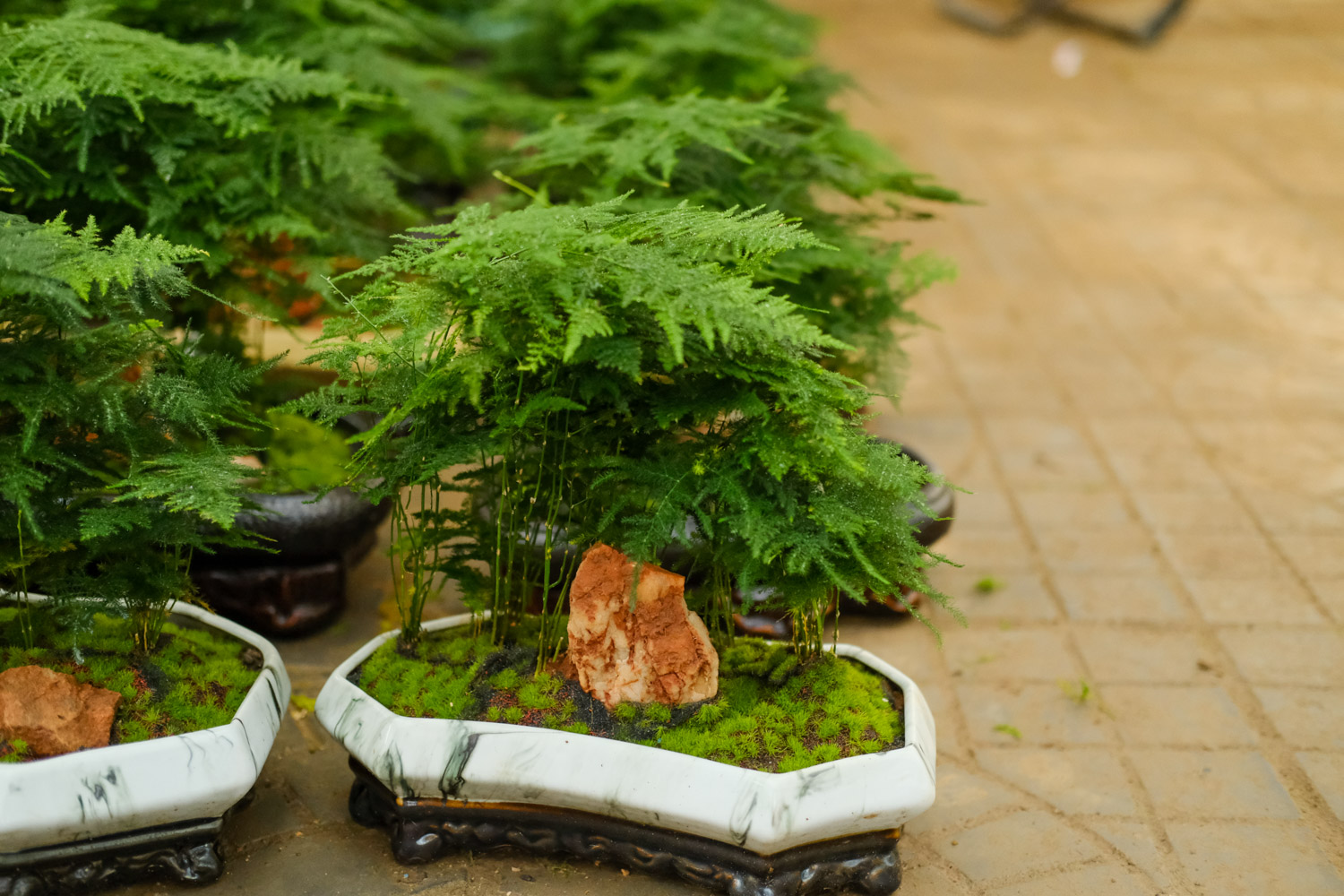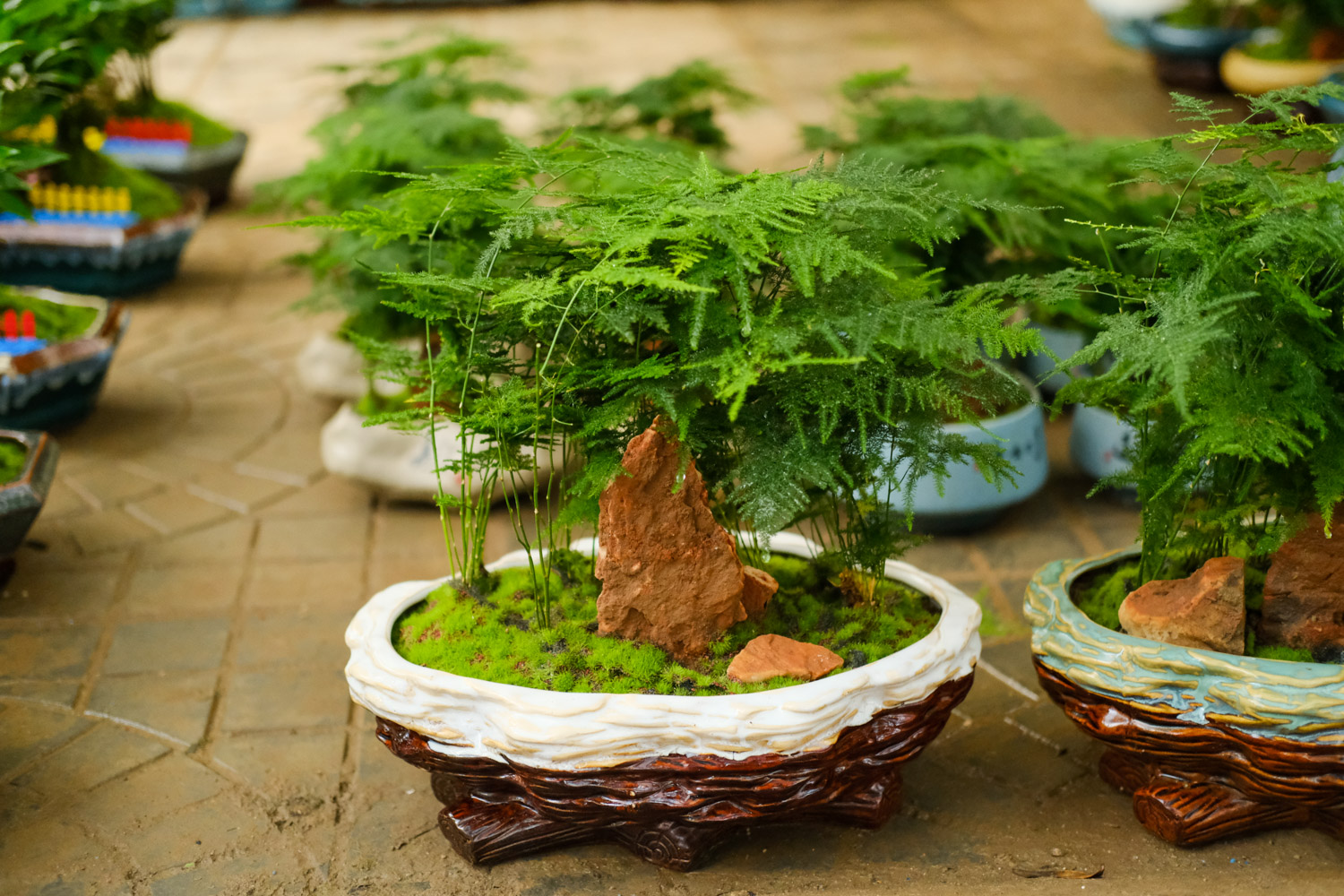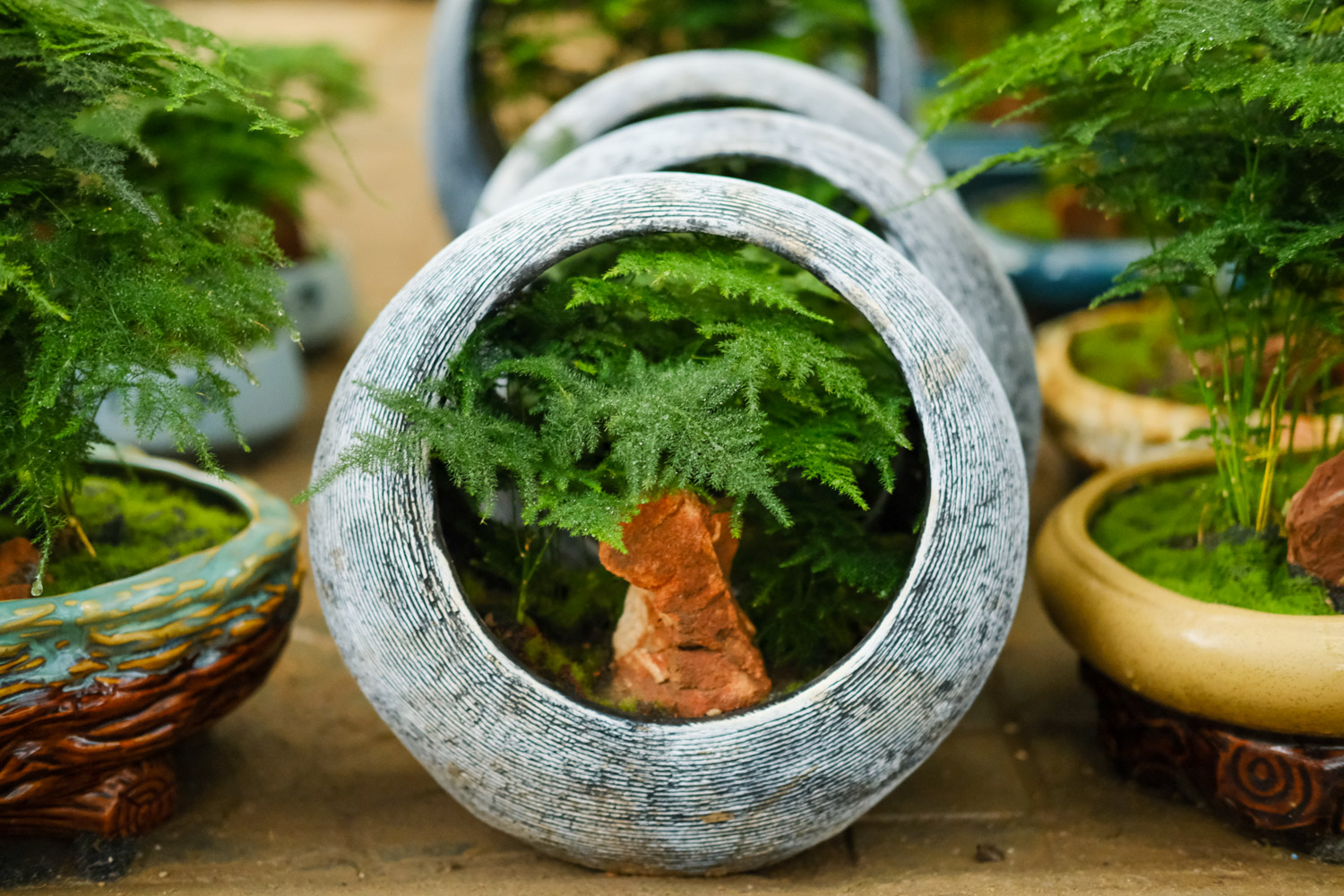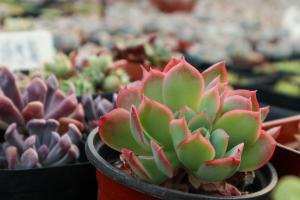1、 Keep the environment warm
When raising asparagus in winter, the most important work is thermal insulation. The cold resistance of asparagus is not strong. If the temperature in winter is very low, it is easy to cause the problem of yellow leaves. Before winter, we should consider the problem of keeping warm around October. If the temperature is lower than 15 ℃, move it to a warmer place for breeding, and keep the temperature around it above 15 ℃ to avoid freezing

2、 Provide good daylighting and ventilation conditions
In winter, the sun is relatively weak. At this time, it is recommended to put it in a place where it can be exposed to the sun and let it receive more light. This will help to raise the temperature around it and make it use the sun to synthesize more nutrients, which is very beneficial for it to spend the winter. In addition, when there is no cold wind, it is recommended to open windows for ventilation and let it come into contact with fresh air. It's also good for it to survive the winter

3、 Properly control the frequency of watering and fertilization
When raising asparagus in winter, another thing to pay attention to is to control the frequency of watering and fertilization. At this time, because of the low temperature, it will grow slowly. Slow growth will reduce its water and fertilizer requirements. Therefore, it is necessary to properly control the frequency of watering and fertilization. Generally speaking, watering can be changed to once every 10-15 days, and fertilization can be changed to once every 1-2 months. If the temperature is relatively low, fertilization can be suspended


 how many times do yo...
how many times do yo... how many planted tre...
how many planted tre... how many pine trees ...
how many pine trees ... how many pecan trees...
how many pecan trees... how many plants comp...
how many plants comp... how many plants can ...
how many plants can ... how many plants and ...
how many plants and ... how many pepper plan...
how many pepper plan...































